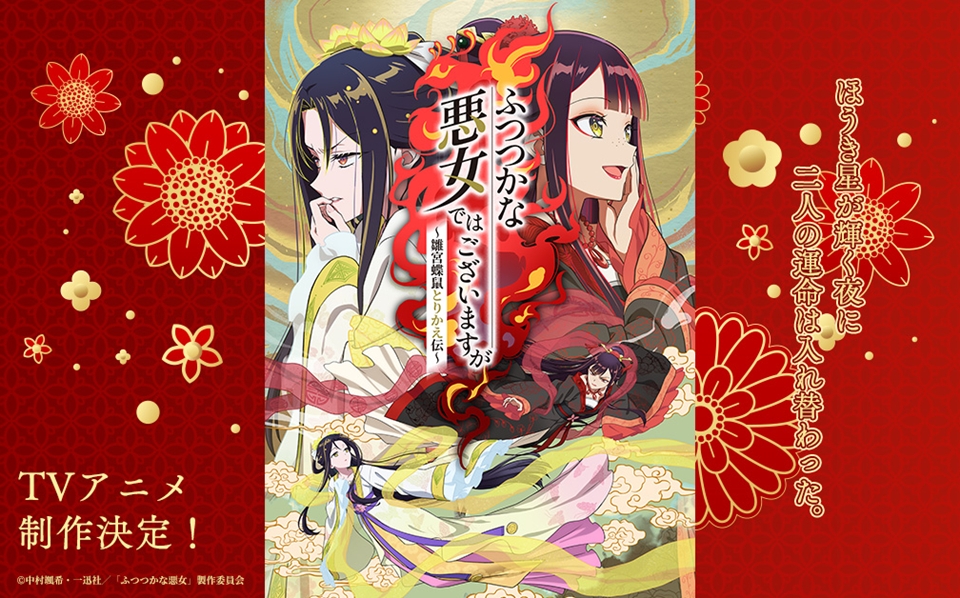Following the finale of Mobile Suit Gundam GQuuuuuuX in Japan in late June, the staff of the latest Gundam series made their way to Anime Expo 2025 to talk about their journey with Machu, Shuji, Nyaan and the original 1979 Gundam series characters that made their presence felt in the "alternative" story in the Universal Century. Through the newest anime, the show explored some what-if moments from the original series and delved deeper into characters that maybe only had brief appearances almost 50 years ago, including Challia Bull and others. During the special event panel at Anime Expo, director Kazuya Tsurumaki was asked how he decided each of the characters' endings in the context of the theme of Newtypes. "During the Universal Century timeline, most of the Newtype characters have a tragic ending," said Tsurumaki. "I spoke with [Yoji] Enokido-san about giving a more positive ending. In the Universal Century, the characters also tended to be young, and they were tragic. But they had tragic ends because they had a short timespan to get stuff done, which led to the tragedy. But I said let’s give them a longer timespan, where they are not perfect, and let's give the Newtype characters a new ending where they are improving. That guided our decisions.” At the convention, Crunchyroll News had the opportunity to sit down with director Kazuya Tsurumaki and series composition writer Yoji Enokido about GQuuuuuuX 's introspection into Newtypes, their history in the anime industry and even their working relationship with studio Khara president Hideaki Anno. Could you both explain how you were first attached to join this newest Gundam project? Tsurumaki : So first, I had worked with the producer, [Yuki] Sugitani-san, from studio Khara. That was during Gundam Unicorn , and that was just as staff. Then, in 2018, there were discussions with executive producer [Naohiro] Ogata-san about whether there should be a Gundam project through Khara. That's how it started. So this is a very different project in a lot of ways. Studio Sunrise was also involved, and I think they wanted more of an Alternative timeline — not the Universal Century, the standard timeline. They wanted something that was a little bit more like the worldview of Evangelion . At least I believe that’s what they expected. On my half, I really wanted to make a Gundam that was still in the Universal Century timeline, and so I presented my proposal. I got the okay back, and we ended up very quickly getting Enokido-san involved in the project as a scriptwriter, and that’s how it all started. Enokido : I think the first offer that I received about this was five years ago. There was already this fictitious alternative war thing that was a part of the setting at that point. You have both worked together for some time. Notably for working on FLCL , Diebuster and others. How do you feel your working relationship has changed since you first started collaborating? Tsurumak i: Really, I don’t think it’s changed all that much. I think since FLCL, our working relationship has pretty much been the same. Enokido : When you’re working together for a long time, the more you do that, the more things tend to get complex, the more you start to get into social topics. That’s the tendency there. However, with anime, you have to be very careful, because the most important thing is freshness. You have to have something that’s fresh. That’s also very difficult, because the longer you have a title that goes on and is popular and keeps that level of popularity, the more it loses its freshness. So keeping that balance between something that’s fresh and new is very difficult. So one thing that I was hoping you could clarify for me is Hideaki Anno, his work on the project. Could you say what his involvement was like, or what was your day-to-day interactions with him? Tsurumaki : First of all, the project was being produced by studio Khara, and Anno-san is the president there. His main role as president was looking at quality control, the planning documents, the script, checking and making sure those were all okay. But at the same time, he’s a huge Gundam otaku, maybe Gundam otaku number one. Maybe saying that is too much, but I mean, he’s really, really there as an otaku in the Gundam world, and so he was very interested personally as well. The project went to me as the director, and so in the process of him doing quality control as the president and all that, the idea came up of bringing up the past war, the old One Year War, as an independent episode. So that’s an offer that came up, and I think he pretty much immediately said, “Oh, absolutely, I wanna do that.” And so he ended up being involved with that aspect of it. Are there any particular references you enjoyed adding into the show, Gundam or otherwise? Tsurumaki : First of all I love Gundam . Gundam is how I make my living. But I think maybe War in the Pocket 0080 was definitely one because of the relationship of the space colony to the story. Especially the first half of the story was very space colony-heavy. I think a lot of it was pulled from that. Then there was also the fact that these are students who had nothing to do with the war who became protagonists. In that sense, the first half very heavily influenced this. At the same time, there was Gunbuster by Gainax. That’s also a title that I absolutely love, so I definitely took some references from that as well, whether intentionally or unintentionally. Absolutely, all that stuff inspired me. One thing I found fascinating in GQuuuuuuX was showing that even though Zeon won the war, the Zabi family still fought with each other even afterwards. So it almost felt like the war and the victory was just for them. How did you work with this dynamic when writing the story? Enokido : In the Gundam series, a main topic is the Newtypes. And what that means specifically is that…for example, it’s very difficult to know that right now you have someone who’s a Newtype person. What you can see is, looking back in history, you can say “Oh, that person was a Newtype!” Right? It’s very difficult to see that right now. Specifically, when we say Newtype, the tendency is someone who has a very high level of understanding, who understands that we don’t need war. And so in that sense, Newtype people ave existed in the past. But when Tomino-san made the first Gundam series, he wasn’t trying to say “Oh look, there might be Newtype people in our midst right now.” What he was saying was “I WISH there were Newtype people among us! If only we had people like that, walking among us right now.” I think that when we’re talking about people whose ideal is to live without war, the reason why that comes in and why that’s an important thing is that there is a lot of war happening right now. There’s a ton of war happening right now, and the wars that are happening right now can be expressed, in a sense, in the Gundam series through the Zabi clan civil war. And so that’s what I see as an expression of the wars that we have right now. Thank you for the detailed answer. You’ve been in the anime industry for a very long time, and it’s changed a lot over the years. What do you think is the biggest change that you’ve noticed since you entered the industry? Tsurumaki : I don’t think the actual people with their boots on the ground, the way anime is made in the studio where it’s made, I don’t think that’s changed all that much. But what has changed is that originally, you had series made for Japanese TV, specifically domestic consumption. And then it took time for that to get to international audiences, because you had to dub or sub it, and it just took time for that to happen and to get it to international audiences. Now, you have streaming, and really, it’s almost like things happen in real time. That transition from domestic to international has almost become a real-time process. I think some of that’s because the market’s changed, the market has expanded to some extent, but that is the big change that I see. Now things happen almost immediately, almost at the same time. Enokido : Honestly, I personally feel like the production side, the people who are actually creating the anime, I don’t think that has changed much. However, what I do think has changed, especially in Japan, is the concept that manga and anime are something for kids. Of course, it was okay if adults wanted to watch it too, but it was really more like “Okay, this is FOR kids. If adults want to watch it, that’s fine.” But now it’s become normalized for manga and anime to be consumed by adults. That’s really a big change that I’ve seen.


